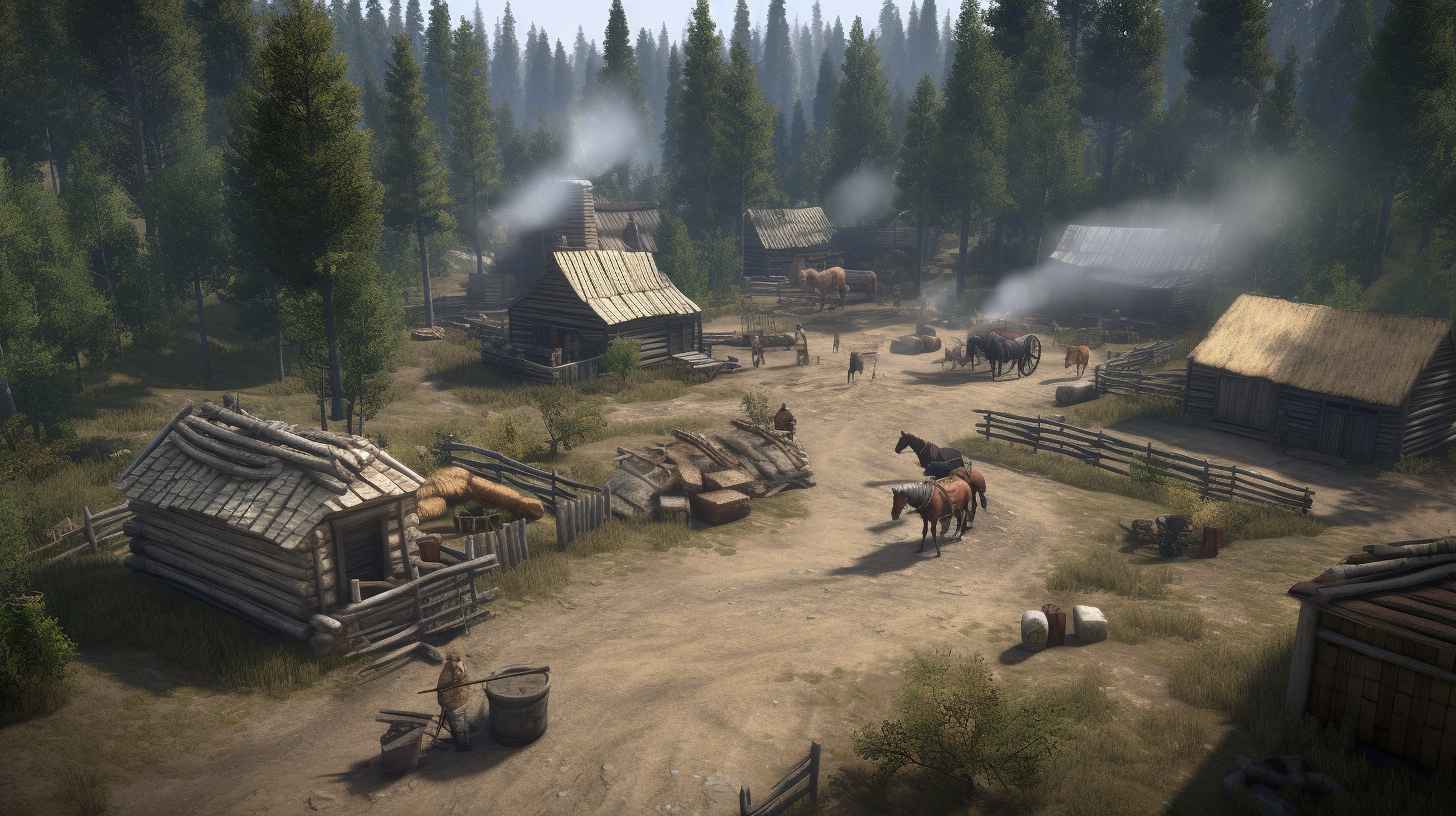Kansas, a state nestled in the heartland of the United States, owes much of its history and development to the courageous individuals known as pioneers. These intrepid men and women ventured into the vast unknown, braving hardships and forging a path that would shape the future of Kansas. In this article, we will delve into the fascinating story of Kansas pioneers, exploring their early settlement, the challenges they faced, and their enduring legacy.
Early Settlement of Kansas
Before the arrival of European settlers, Kansas was inhabited by various Native American tribes, including the Pawnee, Kansa, and Osage. However, the region remained relatively unexplored until the early 19th century when explorers such as Lewis and Clark journeyed through the area. The Louisiana Purchase in 1803 expanded the boundaries of the United States, encompassing the land that would become Kansas.
In the 1820s, the first European settlers began trickling into Kansas. These pioneers, often seeking new opportunities and fertile lands, established small communities along the Missouri River. The influx of settlers continued in the following decades, as word of the region’s natural beauty and agricultural potential spread.

Kansas Territory and the Bleeding Kansas Era
The passage of the Kansas-Nebraska Act in 1854 marked a pivotal moment in Kansas’ history. The act allowed the territories to decide whether to permit or prohibit slavery, sparking a fierce debate between pro-slavery and anti-slavery factions. This period became known as the Bleeding Kansas era due to the intense violence and political turmoil that ensued.
The clash between those advocating for Kansas to be a free state and those supporting slavery attracted settlers from both sides, leading to armed conflicts and bloodshed. The events of Bleeding Kansas foreshadowed the larger national struggle over slavery that would eventually culminate in the American Civil War.
Homestead Act and Westward Expansion
The Homestead Act of 1862 provided a significant impetus for westward expansion, offering settlers the opportunity to claim up to 160 acres of land. Kansas, with its fertile prairies and abundant natural resources, became a prime destination for pioneers seeking to build a new life.
The arrival of settlers from the Eastern states and Europe transformed the Kansas landscape. Towns sprouted up, agricultural communities took root, and the promise of prosperity fueled the dreams of countless pioneers. However, the process of taming the wild frontier was far from easy, and Kansas pioneers encountered numerous challenges along the way.
The Chisholm Trail and Cattle Ranching
The establishment of the Chisholm Trail in the late 1860s played a crucial role in Kansas’ development. The trail served as a major route for cattle drives, connecting Texas ranches with railheads in Kansas. Thousands of longhorn cattle were herded through the state, providing economic opportunities for towns along the trail.
Cattle ranching became a significant industry in Kansas, attracting cowboys, ranchers, and entrepreneurs. The sight of massive herds thundering across the prairies became an iconic image of the Wild West. However, the rise of barbed wire fences and the spread of diseases such as tick fever led to the decline of the cattle industry, bringing about new challenges for Kansas pioneers.
Women and African American Pioneers
While the stories of Kansas pioneers often focus on male settlers, women played a vital role in shaping the state’s history. Women pioneers faced the same hardships as their male counterparts but also tackled additional challenges associated with societal expectations and gender roles. They established schools, churches, and social organizations, contributing to the development of Kansas’ communities.
African American pioneers also made significant contributions to Kansas’ growth. Many escaped slavery and sought freedom and opportunities in the state. However, they faced discrimination and racial violence, even in a territory known for its opposition to slavery. Despite these adversities, African American pioneers built thriving communities and fought for equality.
Impact of Railroads on Kansas
The expansion of railroads in the late 19th century transformed Kansas into a vital transportation hub. Rail lines crisscrossed the state, connecting it to major cities and markets. The arrival of the railroad brought economic growth, trade opportunities, and increased connectivity, further fueling the development of Kansas.
Challenges and Hardships of Pioneers
Life as a pioneer in Kansas was far from idyllic. Pioneers faced harsh living conditions, including extreme weather, limited access to resources, and isolation. Disease outbreaks, such as cholera and smallpox, posed significant threats to the pioneer communities, as medical facilities were scarce or non-existent.
Despite these challenges, pioneers displayed remarkable resilience and perseverance. They built homes, schools, and churches, worked the land, and formed close-knit communities that supported each other in times of need.
Cultural and Social Contributions
As Kansas evolved, pioneers laid the foundations for education and cultural institutions. Schools were established, providing opportunities for children to receive an education. Libraries, museums, and theaters sprang up, enriching the cultural landscape of the state. The values and traditions instilled by pioneers continue to influence Kansas society, emphasizing hard work, self-reliance, and community spirit.
Legacy of Kansas Pioneers
The legacy of Kansas pioneers endures to this day. Their boldness, determination, and spirit of adventure left an indelible mark on the state. Kansas recognizes the contributions of pioneers through various commemorations, festivals, and museums that celebrate their achievements.
The pioneer experience serves as a reminder of the importance of perseverance, community, and embracing new opportunities.

